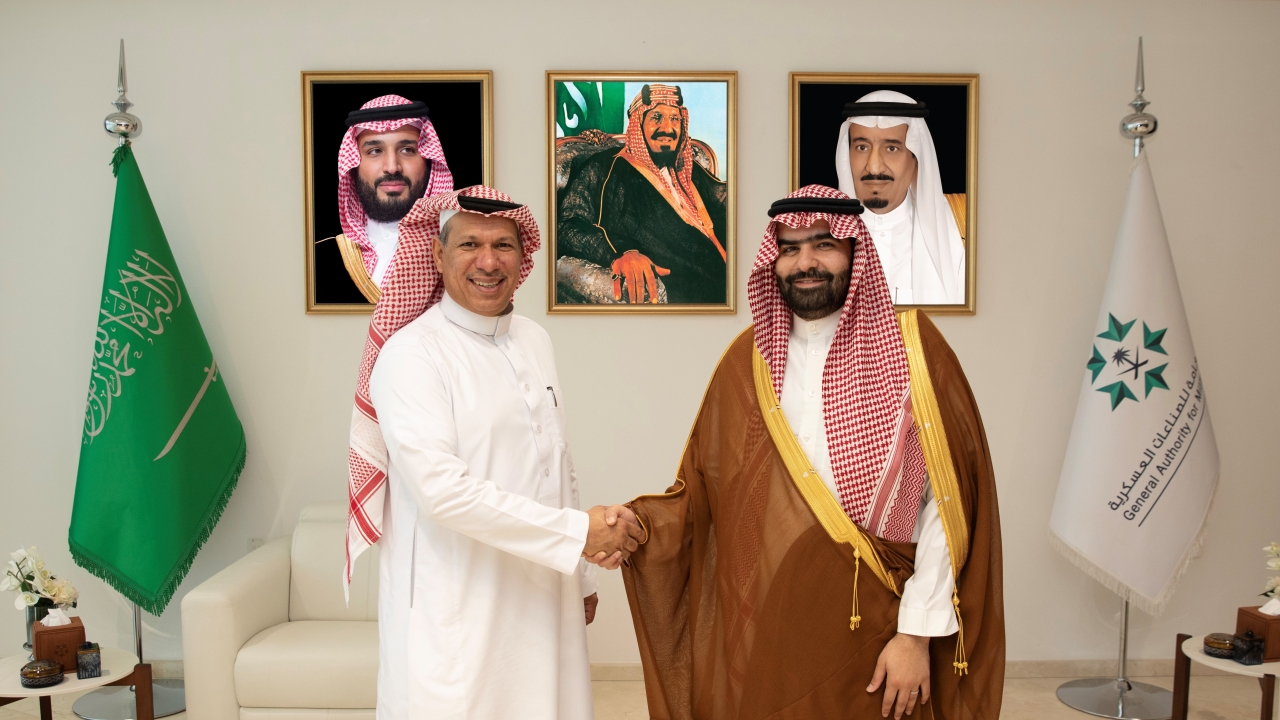Saudi refines security after drone attacks
Saudi Arabia’s northern oil refinery in Abqaiq and the Khurais oil field were the subject of a dramatic drone attack on September 14. Alan Warnes reports.

Yemen’s Iranian-aligned Houthi (Ansar Allah) rebels claim to be behind the attack and Iran has denied any involvement, but both the US and Saudi Arabia believe the missiles were fired from Iran.
The Houthis have repeatedly fired rockets, drones and missiles into Saudi Arabia, which is leading an allied strike force to oust them from Yemen.
At the same time, Iran is the subject of crippling US and western sanctions, and the attacks are thought to part of a strategy to bring down the Saudi economy, along with those of its allies. For several days the price of fuel rose, spreading alarm in the markets, but it has now been pegged back.
Four days after the attack, the Saudi Defence Ministry said 18 ‘Delta Wave’ unmanned air vehicles (UAVs) and seven Quds-1 cruise missiles had been fired from the north. But intriguingly, the Saudis have not proved that they were fired from Iran.
Iran has never claimed to operate the Quds-1, which is powered by a Czech PBS TJ-100 jet engine. However, the Houthi/Ansar Allah did showcase one in a weapons display on July 7.
One key question is how did these attacks break through without being shot down by the umbrella of US-built Raytheon Patriot PAC-2 surface-to-air (SAM) missile batteries?
Drones and cruise missiles generally have small radar signatures and are easier to manoeuvre close to the ground, thus reducing the detection range of the longer range SAMs.
Although the Abqaiq oil facility is protected by several Shahine short-range missile systems and radar-guided air defence cannons, they are old not designed to protect against attack from drones or missiles.
Not surprisingly, Russia’s President, Vladimir Putin, was keen to exploit any weaknesses in the Patriot system, by inviting the Saudis to Russia to buy the S-400 Triumf system. Turkey has already started taking delivery of the Russian system, which has angered Washington and seen the deterioration in military ties. Iran already operates the S-300.
Alternatively, the Saudis could look at trying to acquire systems that jam the link between the drone and the operator. This recently happened in Libya, when a Turkish system brought down a Chinese Wing Loong II armed drone.
The US undersecretary for policy, John Rood, speaking after the attack said: ‘NATO has not reworked its missile defence and radar systems to keep up with detecting small fast-moving objects.”
The US announced, on September 26, that one Patriot missile defence battery, along with four ground-based Sentinel radars, was being sent to Saudi to improve defences. Personnel specialising in two additional Patriot batteries and one terminal high-altitude area defence system (THAAD) were also given orders to prepare for an imminent deployment.
Stay up to date
Subscribe to the free Times Aerospace newsletter and receive the latest content every week. We'll never share your email address.

